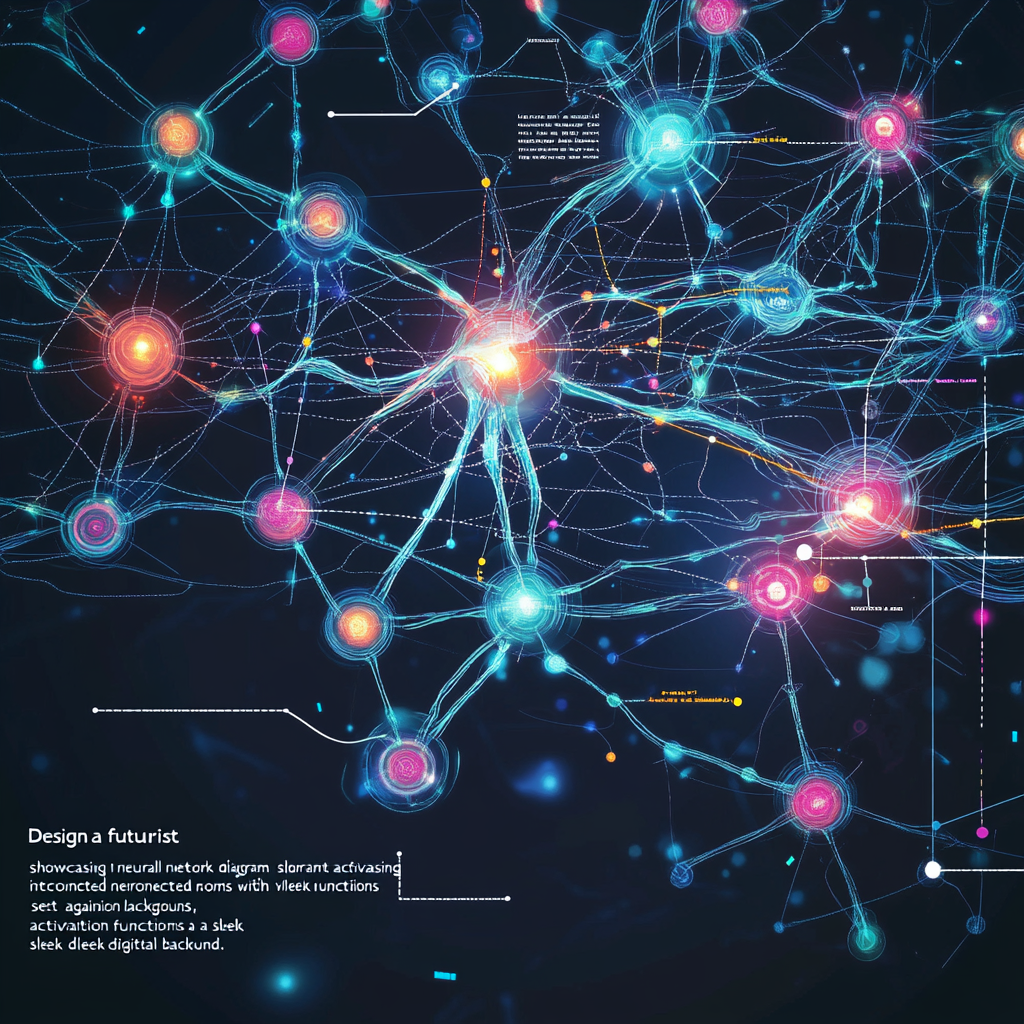
“Future Missions of Private Moon Landers Launched by SpaceX”
Crafting Your Neural Network: A Guide to Mastering Automation
To create a powerful neural network, you must do two things: a) understand the fundamentals of artificial intelligence (AI) and b) apply these principles correctly.
Now, let’s be honest. Neural networks are all the rage nowadays—everyone’s talking about them. Yet, few seem to grasp how to architect one properly. And let’s not even get started on all the half-baked ideas floating around that confuse more than they clarify.
First off, forget about using pre-packaged solutions without understanding their workings. Relying solely on high-level libraries without knowing how neural networks actually function is like trying to bake a loaf of bread without knowing the difference between yeast and a rock. A neural network built on a shaky foundation is bound to crumble under pressure.
So, roll up your sleeves. At the core of a neural network is the neuron. It is inspired by the biological neuron, equipped with input, weights, a transfer function, and output. The neurons, connected in layers (input, hidden, and output), form a complex web that learns from data. For you to make your model intelligent, you’ll need to tweak these connections with care.
When you’re designing your network, start small. A common pitfall is going too deep too quickly—just like trying to tackle the Everest of programming without a solid ground. Begin with a simple feedforward neural network. Add your input layer with features from your dataset, followed by a hidden layer, and then the output layer. Properly initialized weights are crucial; think of them as the right ingredients to your neural recipe. Randomly initializing them can lead to erratic behavior.
The magic wand here is activation functions. You’ve got options—ReLU, sigmoid, tanh—each with its unique flavor that can influence how your network learns. In most cases, ReLU’s simplicity gives it a leg up, but know what works for your specific problem.
Next, the art of training your network comes into play, which is quite akin to teaching a dog new tricks. You’ll need a dataset split into training, validation, and testing. Proper training involves feeding in your training data, letting your network predict, and then adjusting weights based on how far off those predictions are from reality. This is where backpropagation kicks in, allowing the model to learn from its errors. Just as you wouldn’t skip breakfast and hop on a treadmill, don’t skip on adjusting your learning rate—too high, and you risk overshooting, too low, and your model trains slower than a tortoise.
And let’s not forget the importance of regularization. Just as you wouldn’t overindulge in dessert for fear of a sugar rush, you want to prevent your neural network from overfitting to your training data. Techniques like dropout or L2 regularization act as safeguards against fitting too closely to your training set, maintaining a balance that preserves generalization.
Another common misconception is that more data always equals better results. While it’s true that larger datasets can improve performance, the quality of your data matters immensely. Garbage in, garbage out! It’s better to have a well-curated dataset than to throw in every scrap of data you can find. So before adding data, clean it like you’re preparing for company—filter out anomalies, handle missing values, and pre-process as required.
Once your model is trained, the next step is validation. Just because your sweetheart said, “Yes,” doesn’t mean your neural network is ready for the world. Conduct rigorous testing to see how well it performs on unseen data. Evaluate performance using metrics like accuracy, precision, recall, and F1-score to ensure you’re not falling for a mirage.
In conclusion, mastering neural networks is no simple feat. It requires a blend of creativity, rigidity, and a touch of intuition. As you journey through the world of automation, remember that each error is a learning opportunity, and every tweak brings you closer to the golden nugget of insight.
Are you ready to dive into the fascinating realm of neural networks and automation? Don’t let the excitement pass you by—there’s always something new on the horizon.
Want to stay up to date with the latest news on neural networks and automation? Subscribe to our Telegram channel: @channel_neirotoken

